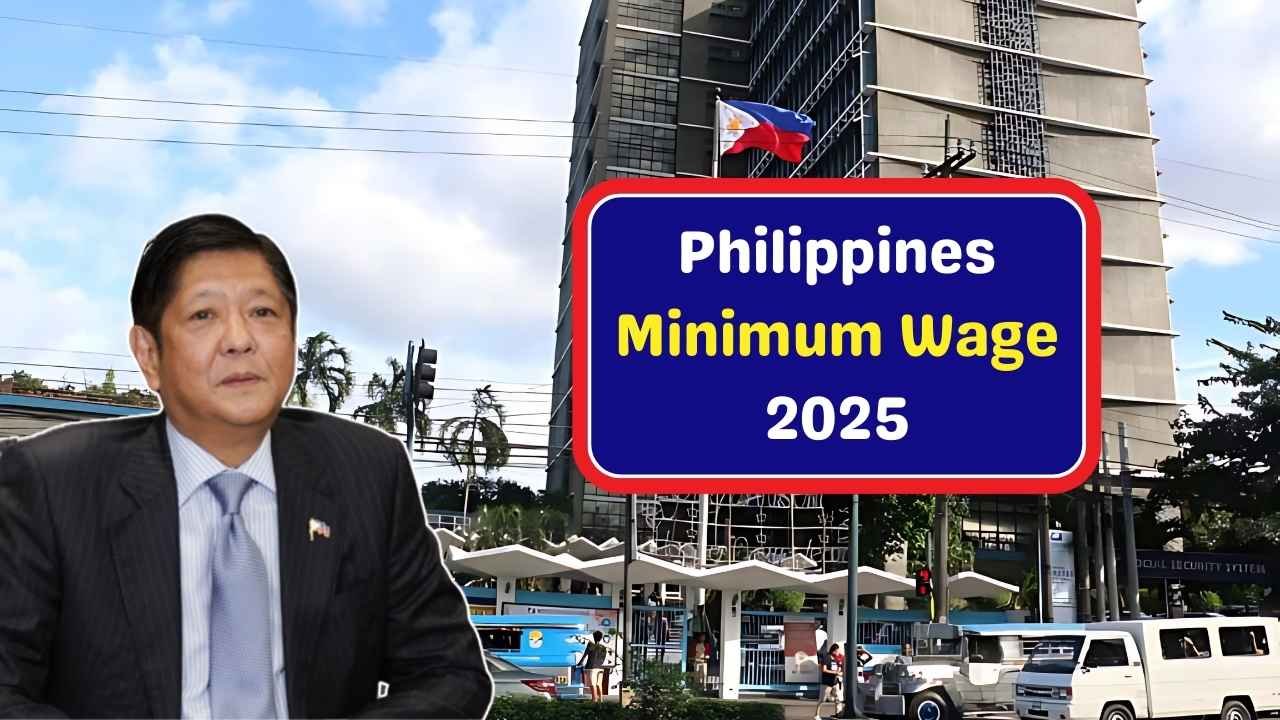The minimum wage in Metro Manila has been raised following the issuance of Wage Order No. NCR-26, approved by the Department of Labor and Employment (DOLE). The order, which took effect on July 18, 2025, granted a ₱50 daily increase to minimum-wage earners in the region.
This adjustment pushed the non-agricultural daily wage to ₱695, while those working in agriculture, small retail and service establishments with 15 or fewer workers, and small manufacturing firms with 10 or fewer workers now receive ₱658 per day. The increase is the highest ever granted by the NCR wage board and benefits more than 1.2 million workers.
Why the Increase Was Implemented
The wage hike was prompted by several economic and social factors:
- Inflation and rising costs of food, housing, and transportation, which continue to strain household budgets.
- Economic performance indicators such as GDP growth, inflation rates, and employment figures that provided the basis for a new wage order.
- A government commitment, led by President Ferdinand Marcos Jr., to ensure timely wage reviews that reflect both productivity and fairness.
- The need to balance the welfare of workers with the financial capacity of employers, especially small and medium businesses.
Impact on Workers
For workers, the ₱50 increase provides much-needed relief. Over a month, this translates to an additional ₱1,100 for those working five days a week, or about ₱1,300 for those working six days. While not enough to fully close the gap between wages and the rising cost of living, the adjustment strengthens purchasing power and offers a modest improvement in financial stability.
Effect on Employers and Businesses
The new rates have raised concerns among micro and small businesses, many of which operate with thin profit margins. Some employers worry that higher wage costs could lead to price adjustments, reduced hiring, or tighter operating budgets.
Despite these concerns, DOLE has emphasized that compliance is mandatory. Companies are expected to update their payroll systems promptly, with non-compliance subject to penalties and sanctions.
Legal Basis and Wage Governance
Minimum wages in the Philippines are set by the Regional Tripartite Wages and Productivity Boards (RTWPBs), under the National Wages and Productivity Commission (NWPC). Each region considers local conditions when determining wage levels. Wage orders, such as NCR-26, are legally binding instruments that take into account inflation, productivity, and consultations with labor and employer groups.
Possible Nationwide Increase
Alongside regional adjustments, discussions are ongoing in Congress about a nationwide minimum wage hike. The House of Representatives has passed a proposal for a ₱200 across-the-board daily increase, while the Senate earlier approved a ₱100 hike. These proposals will need to be reconciled in a bicameral conference before being finalized. If approved, the nationwide increase could take effect as early as late 2025 or in early 2026.
Conclusion
The 2025 minimum wage increase in Metro Manila is a historic adjustment that reflects the urgent need to support workers in coping with rising living expenses. While it provides meaningful relief, it also underscores the ongoing challenge of ensuring fair compensation without overburdening small businesses. The outcome of the proposed nationwide wage hike will further shape the country’s labor landscape in the years ahead.


